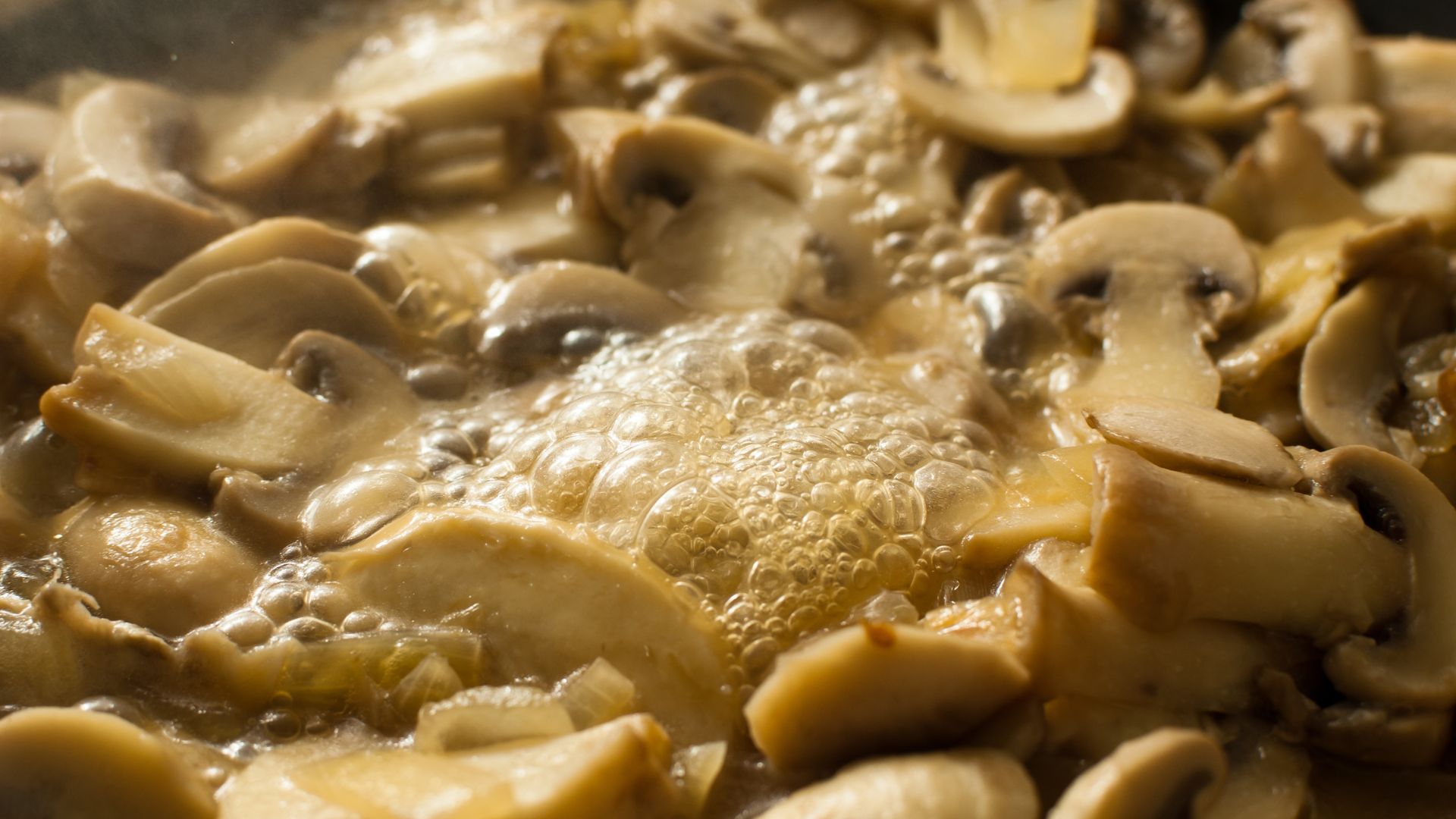Can you boil mushrooms? Mushrooms, with their unique textures and rich, earthy flavors, have long been a favorite ingredient in cuisines worldwide. These fungi add depth and complexity to countless dishes, from delicate enoki to hearty portobello. However, while sautéing and grilling are popular mushroom preparation methods, boiling often sparks curiosity and debate. Can you boil mushrooms, and if so, what happens to their taste, texture, and nutritional value?
In this article, we delve into the question, “Can you boil mushrooms?” We’ll explore the effects of boiling on mushrooms, discuss how to successfully incorporate boiled mushrooms into pasta and soups, and highlight the health benefits of this cooking method. By the end, you’ll have a clear understanding of whether boiling mushrooms is a technique worth adding to your culinary repertoire. Join us on this journey as we uncover the potential and possibilities of boiled mushrooms, and definitively answer the question: can you boil mushrooms?
Techniques for Boiling Mushrooms
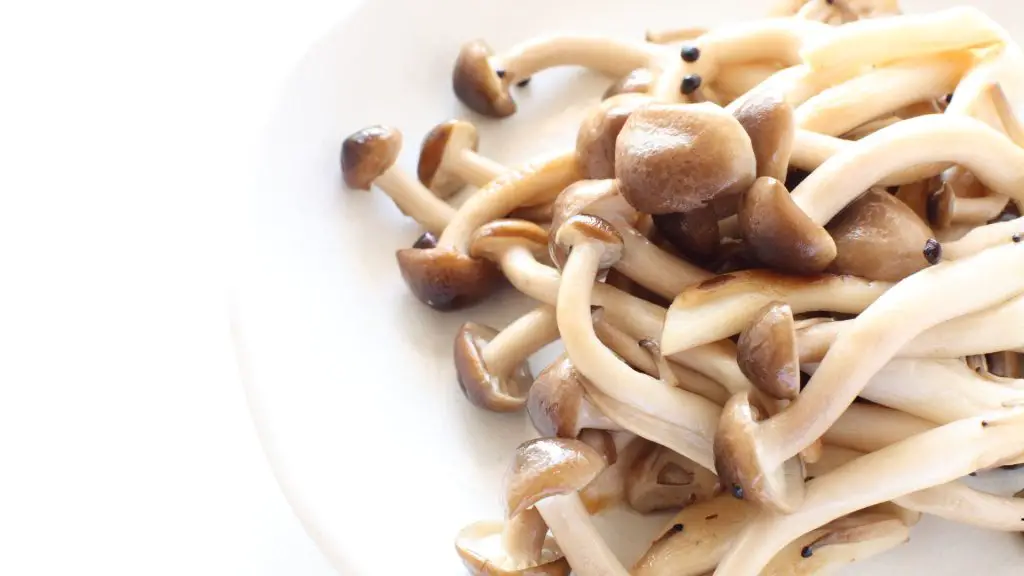
Boiling mushrooms is a straightforward process, but understanding the proper techniques can ensure the best results. If you’re wondering, “Can you boil mushrooms?“, follow these steps to achieve perfectly boiled mushrooms every time.
- Clean the Mushrooms: Rinse the mushrooms under cold water to remove any dirt or debris. Pat them dry with a paper towel.
- Prepare the Water: Fill a pot with enough water to submerge the mushrooms completely. Add a pinch of salt to enhance the flavor.
- Boil the Water: Bring the water to a rolling boil over high heat.
- Add the Mushrooms: Carefully add the mushrooms to the boiling water.
- Cook the Mushrooms: Boil the mushrooms for 5-10 minutes, depending on their size and type. Smaller mushrooms will cook faster, while larger ones may take longer.
- Drain and Serve: Once cooked, drain the mushrooms in a colander and use them in your desired recipe.
Boiling mushrooms can be a quick and easy way to prepare them for various dishes. However, it’s important to consider how this method affects their flavor and texture.
Can You Boil Mushrooms with Pasta?
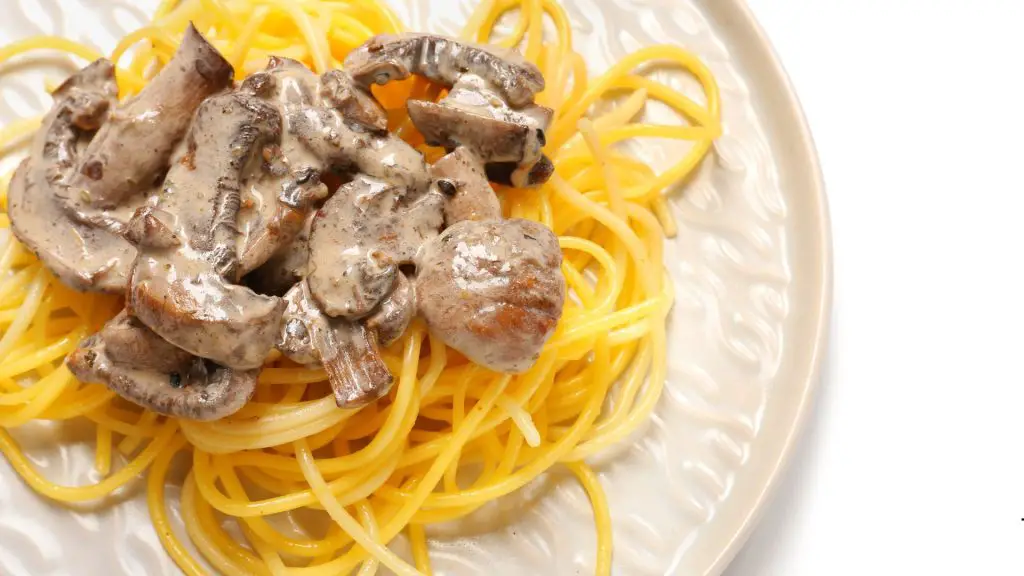
Mushrooms and pasta are a classic combination of many culinary traditions. The earthy flavor of mushrooms pairs well with the rich, starchy texture of pasta, creating a harmonious and satisfying dish. But can you boil mushrooms with pasta?
Boiling mushrooms directly with pasta is a convenient method that can save time and reduce the number of dishes you need to clean. Here’s how you can do it:
- Prepare the Ingredients: Clean and slice the mushrooms. Measure out your desired amount of pasta.
- Boil the Water: Fill a large pot with water and bring it to a boil. Add a pinch of salt to enhance the flavor.
- Add the Pasta: Once the water is boiling, add the pasta and cook according to the package instructions.
- Add the Mushrooms: About halfway through the pasta’s cooking time, add the sliced mushrooms to the boiling water. This allows the mushrooms to cook alongside the pasta without becoming too soft.
- Drain and Combine: Once the pasta is cooked and the mushrooms are tender, drain them together in a colander. Toss with your favorite sauce and seasonings.
Boiling mushrooms directly with pasta is a convenient method that can save time and reduce the number of dishes you need to clean. When you cook mushrooms with pasta in the same pot, it simplifies the process and minimizes cleanup, making it an efficient option for busy cooks. This method is particularly useful when you’re looking to prepare a quick and easy meal without sacrificing flavor or nutrition.
One of the key advantages of boiling mushrooms with pasta is flavor integration. As the mushrooms cook in the pasta water, they absorb some of the starchy liquid, which enhances their flavor. This process creates a harmonious blend of tastes, with the earthy notes of the mushrooms complementing the rich, starchy texture of the pasta. The result is a delicious and cohesive dish that highlights the best qualities of both ingredients.
However, there are a few considerations to keep in mind. One potential drawback is that mushrooms can become too soft if boiled for too long. To avoid this, it’s essential to add the mushrooms to the boiling water at the right time, typically halfway through the pasta’s cooking time. This ensures that the mushrooms cook just enough to become tender without turning mushy.
Another factor to consider is nutrient loss. Boiling can cause some nutrients, particularly water-soluble vitamins, to leach out into the cooking water. While this is a minor drawback, it’s worth noting if you’re aiming to maximize the nutritional value of your meal. To mitigate this, you can use the pasta water as a base for sauces or soups, thereby retaining some of the nutrients that might otherwise be lost.
By understanding these pros and cons, you can make an informed decision about whether to boil mushrooms with pasta, ensuring that your meals are both delicious and nutritious.
Can You Boil Mushrooms in Soup?
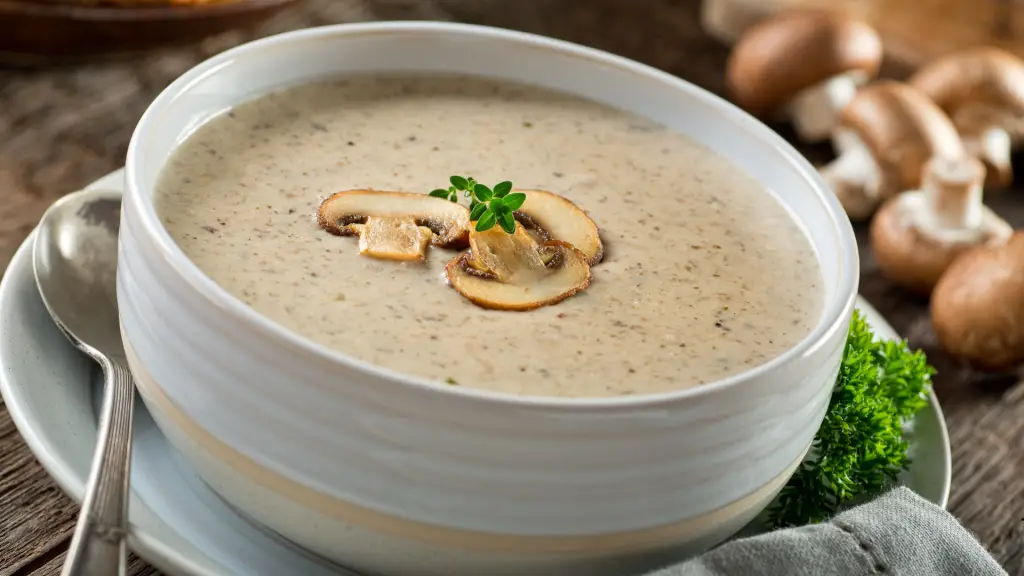
Mushrooms are a versatile addition to soups and stews, enhancing both flavor and texture with their rich umami profile. They are featured prominently in various soups such as mushroom bisque and creamy mushroom soup, where their distinct flavor contributes significantly to the overall taste.
When mushrooms are boiled in soup, they release their savory juices, intensifying the broth’s umami depth. This process is particularly beneficial in vegetarian soups, where mushrooms serve as a hearty substitute for meat. Boiled mushrooms take on a tender yet chewy texture, adding a satisfying bite to the soup.
The flavor and texture of mushrooms play a crucial role in shaping the soup’s final character. Fresh mushrooms offer a mild, delicate taste, while dried mushrooms, when rehydrated, impart a more robust flavor. Mushrooms also absorb the flavors of the soup broth, creating a harmonious blend that enhances every spoonful.
To achieve the best results when adding mushrooms to soup, it’s essential to follow certain practices. Choosing the right type of mushroom is key; common choices like button, cremini, and shiitake mushrooms each bring their unique flavors and textures to the dish. Proper preparation, such as thorough cleaning and even slicing, ensures mushrooms cook evenly and retain their integrity.
Timing is critical when incorporating mushrooms into soup. Adding them too early can lead to mushy textures, while adding them too late may not allow enough time for flavors to meld. Ideally, mushrooms should be added midway through the cooking process, allowing them to simmer for at least 15-20 minutes to fully infuse their essence into the soup.
A classic approach to showcasing mushrooms in soup is through a hearty mushroom soup recipe. Start by sautéing onions, garlic, and celery until fragrant, then add sliced mushrooms to release their juices. Pour in broth—whether vegetable or chicken—and bring to a gentle boil, allowing the soup to simmer for about 20 minutes. Optionally, enrich the soup with a splash of cream or coconut milk towards the end of cooking, and season with salt, pepper, and fresh herbs like thyme or parsley for added depth.
There are numerous ways to elevate mushroom soup further. Adding a dash of white wine or sherry during sautéing enhances richness while combining different mushroom varieties creates complexity in flavor. Garnishing with chopped herbs or a drizzle of truffle oil adds a gourmet touch, elevating the soup from simple to spectacular.
Boiled Mushroom Benefits

Boiling mushrooms offers several culinary and nutritional benefits that make them a valuable addition to various dishes:
Enhanced Flavor: Boiling mushrooms allows them to release their natural umami-rich juices into the broth or sauce they are cooked in. This process intensifies the overall flavor profile of soups, stews, sauces, and other dishes, imparting a deep, savory taste that enhances the dish.
Improved Texture: Mushrooms undergo a transformation when boiled—they become tender while retaining a satisfying chewiness. This texture adds a pleasant mouthfeel to dishes and complements other ingredients well, contributing to a more enjoyable eating experience.
Nutrient Retention: Despite the cooking process, boiling mushrooms helps retain their essential nutrients. Mushrooms are rich in vitamins such as riboflavin (B2), niacin (B3), and pantothenic acid (B5), as well as minerals like selenium, potassium, and copper. These nutrients play vital roles in various bodily functions, including energy metabolism, immune function, and antioxidant defense.
Versatility: Boiled mushrooms are incredibly versatile in the kitchen. They can be used in a wide range of dishes beyond soups and stews, including pasta sauces, stir-fries, risottos, and casseroles. Their ability to absorb flavors makes them a flexible ingredient that can adapt to different cooking styles and cuisines.
Umami Boost: Mushrooms are known for their natural umami flavor, which is one of the five basic tastes (alongside sweet, salty, sour, and bitter). When boiled, mushrooms impart this umami richness to the dishes they are cooked in, contributing to a deeper and more complex flavor profile.
Digestibility: Boiling mushrooms break down their tough cell walls to some extent, making their nutrients more accessible and easier for the body to digest and absorb. This can enhance the bioavailability of nutrients such as antioxidants and vitamins present in mushrooms.
Vegetarian and Vegan Options: Boiled mushrooms are particularly valuable in vegetarian and vegan cooking. They provide a hearty and flavorful alternative to meat, adding substance and depth to plant-based dishes. Their versatility allows them to be used as a centerpiece or complementary ingredient in a wide range of meat-free recipes.
Antioxidant Properties: Mushrooms are rich in antioxidants, which help protect the body from oxidative stress and inflammation. Boiling can preserve these antioxidants, contributing to overall health.
Immune Support: Certain compounds in mushrooms, such as beta-glucans, can boost the immune system. Boiling mushrooms does not significantly diminish these compounds, allowing you to enjoy their immune-boosting benefits.
Weight Management: Mushrooms are low in calories and high in fiber, making them a great addition to a weight management diet. Boiling mushrooms can help retain their fiber content, promoting satiety and digestive health.
Incorporating boiled mushrooms into your cooking repertoire not only adds depth of flavor and texture but also boosts the nutritional value of your meals. Whether you’re preparing a comforting mushroom soup, a hearty mushroom risotto, or a flavorful mushroom stir-fry, boiled mushrooms can elevate the taste and health benefits of your culinary creations. Their ability to enhance dishes with umami flavor and nutritional richness makes them a valuable ingredient in any kitchen.
Frequently Asked Questions (FAQs)
Can you overcook mushrooms?
Yes, overcooking mushrooms can make them mushy and less flavorful. It’s best to boil them for a short period until they are just tender.
Do boiled mushrooms lose their nutrients?
Boiling can cause some nutrient loss, particularly water-soluble vitamins. However, many beneficial compounds, such as antioxidants, remain intact.
Can you use the water from boiled mushrooms?
Yes, the water from boiled mushrooms can be used as a flavorful broth in soups and sauces. It contains some of the leached nutrients and flavors from the mushrooms.
What types of mushrooms are best for boiling?
Hearty mushrooms like shiitake, portobello, and cremini are excellent choices for boiling due to their firm texture and rich flavor.
Conclusion
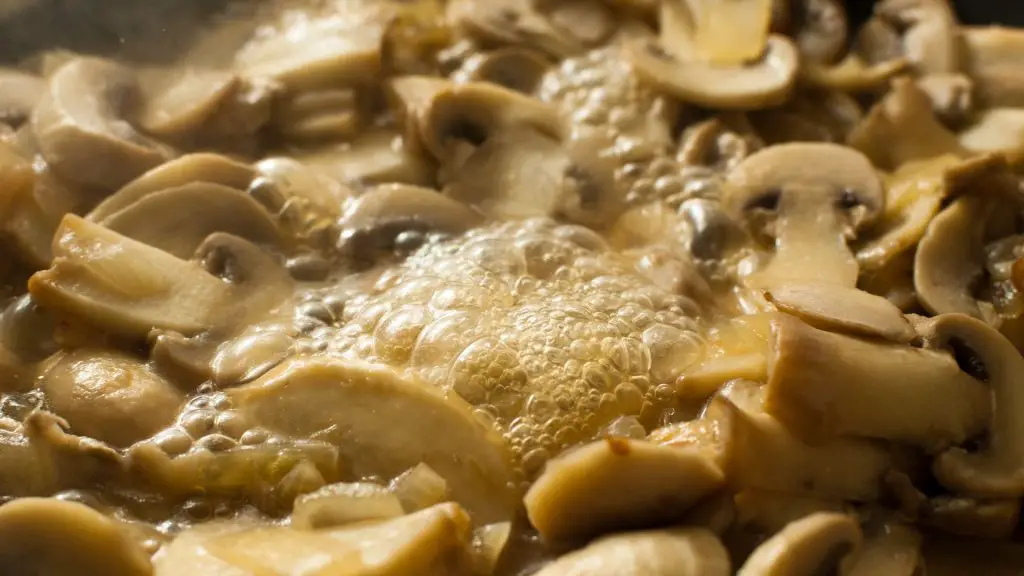
In this article, we explored the question, “Can you boil mushrooms?” We discussed the effects of boiling on mushrooms, how to boil them with pasta and in soup, and the benefits of boiled mushrooms. Boiling is a simple and effective method that can enhance the texture and flavor of mushrooms, making them a versatile ingredient in your kitchen.
Boiling mushrooms is a quick and easy way to prepare them for a variety of dishes. While there are some trade-offs in terms of nutrient retention and texture, the benefits and convenience make it a worthwhile cooking method to try. Whether you’re making a hearty mushroom soup or a delicious pasta dish, boiled mushrooms can add depth and flavor to your meals.
So can you boil mushrooms? We encourage you to experiment with boiling mushrooms in your own kitchen. Try the recipes provided in this article and discover the delightful possibilities of this versatile cooking method. Share your experiences and favorite recipes with us, and join the conversation about the best ways to enjoy mushrooms.
